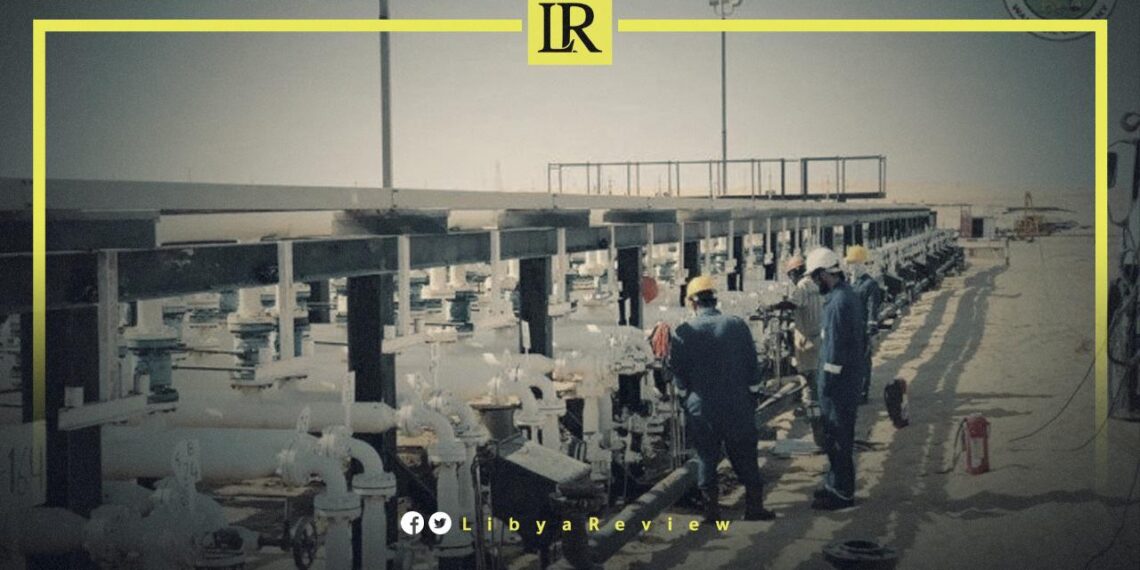The Italian news agency NOVA reported that Libya’s annual natural gas production has declined. It is currently ranging between 10 and 13 billion cubic meters, down from the previous average of 15 billion cubic meters.
The report relies on data from the National Oil Corporation (NOC), indicating that current gas production fluctuates between 30 and 35 million cubic meters daily. Out of this, 24 million cubic meters are allocated to power the country’s electricity stations.
On Thursday, the Gela gas station in Italy received six million cubic meters of Libyan gas, as per figures from the interactive gas flow map of the Italian network.
The NOC also announced that the total domestic consumption of natural gas reached approximately 1.056 billion cubic feet in the last 24 hours. The General Electricity Company accounted for 838 million cubic feet of this consumption, while the NOC used 104 million cubic feet.
The iron and steel complex and other smaller factories consumed about 84 million cubic feet of gas, with cement plants using around 30 million cubic feet. This decline in production and the details of consumption highlight the challenges facing Libya’s energy sector and its implications on the regional energy market.
Earlier this month, the Libyan Prime Minister-designate Osama Hammad inaugurated a cooking gas cylinder filling station at the Brega Oil Marketing Company depot in Ajdabiya.
The establishment of this filling point aims to address the shortage of cooking gas cylinders in Ajdabiya, with the Brega Oil Marketing Company playing a pivotal role in its establishment.
The inauguration was attended by the Deputy Minister of Interior, Faraj Egaim, the Mayor of Ajdabiya, Nasr Gharbi, the General Manager of Brega Oil Marketing Company facilities, Wanees Al-Saity, the Commander of the 166 Infantry Brigade, Colonel Ahmed Al-Tabouli, several Heads of security agencies, and prominent figures and elders of the city.
During his visit to Ajdabiya, Hammad also reviewed the progress of the public housing maintenance project undertaken by the Reconstruction and Stability Committee and the Libya Development and Reconstruction Fund.
The tour included the housing complexes known as Military Clinic Apartments and Car Market Apartments, as well as several main and secondary roads that were recently paved. Additionally, new lighting networks were installed along the city’s roads.


